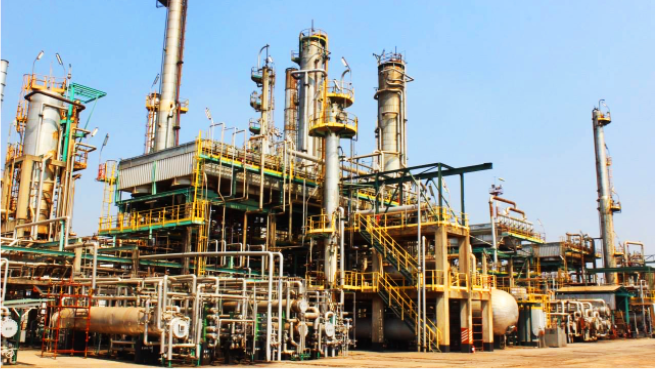Fuel Overview
Zambia’s current monthly fuel consumption is estimated to be around 30 million liters and this is combined total of all fuel types. There is one oil refinery in the country in Ndola and a lot of fuel storage facilities throughout the country on the main highway network. The TAZAMA Pipeline (Tanzania Zambia Mafuta Pipeline) is 1,710 km long which moves crude oil from the Single Point Mooring Terminal at the outer anchorage in Dar es Salaam, Tanzania to the TIPER refinery in Dar es Salaam and the Indeni refinery in Ndola, Zambia.
There are strategic fuel depots/reserves located in provincial regional hubs mostly operated by Oil marketing companies (OMCs). To meet the ever-increasing demand for petroleum products in the capacity city Lusaka, Govt through its energy policy of 2019 (NEP19) embarked on the project to construct a new fuel depot facility in Lusaka west with holding capacity of 102,000 m³ to augment the existing capacity.

A new fuel depot facility in Lusaka West is under construction.

Refinery Plant in Ndola at Indeni.
For more information, please see the following links:4.1 Zambia Government Contact List and 4.7 Zambia Fuel Providers Contact List.
Information may also be found at: http://www.mytravelcost.com/petrol-prices/ which is updated monthly.
Fuel Pricing
The Energy Regulation Board sets prices. http://www.erb.org.zm/viewpage.php?page=news
The government policy that governs the Energy Regulation Board requires the price to be set at a level that is a full cost recovery for the government.
|
Fuel Prices per Litre as of: 1 June 2021 |
|
|
Petrol |
17.64 ZMW / 0.79 USD |
|---|---|
|
Diesel |
15.59 ZMW / 0.69 USD |
|
Paraffin |
15.39 ZMW / 0.69 USD |
|
Jet A-1 |
|
Fuel Transportation
Fuel is transported by truck for the most part. There is a pipeline for the country from Tanzania and there is at least one refinery in Ndola. All types of fuel are present in the country, petrol, diesel, JET A-1, etc. The most significant challenges are those concerning the deliveries to the most rural areas in the west and east due to road conditions. Frequently, fuel runs out in remote towns.
Disclaimer: Inclusion of company information in the LCA does not imply any business relationship between the supplier and WFP / Logistics Cluster, and is used solely as a determinant of services, and capacities.
Please note: WFP / Logistics Cluster maintain complete impartiality and are not in a position to endorse, comment on any company's suitability as a reputable service provider.


